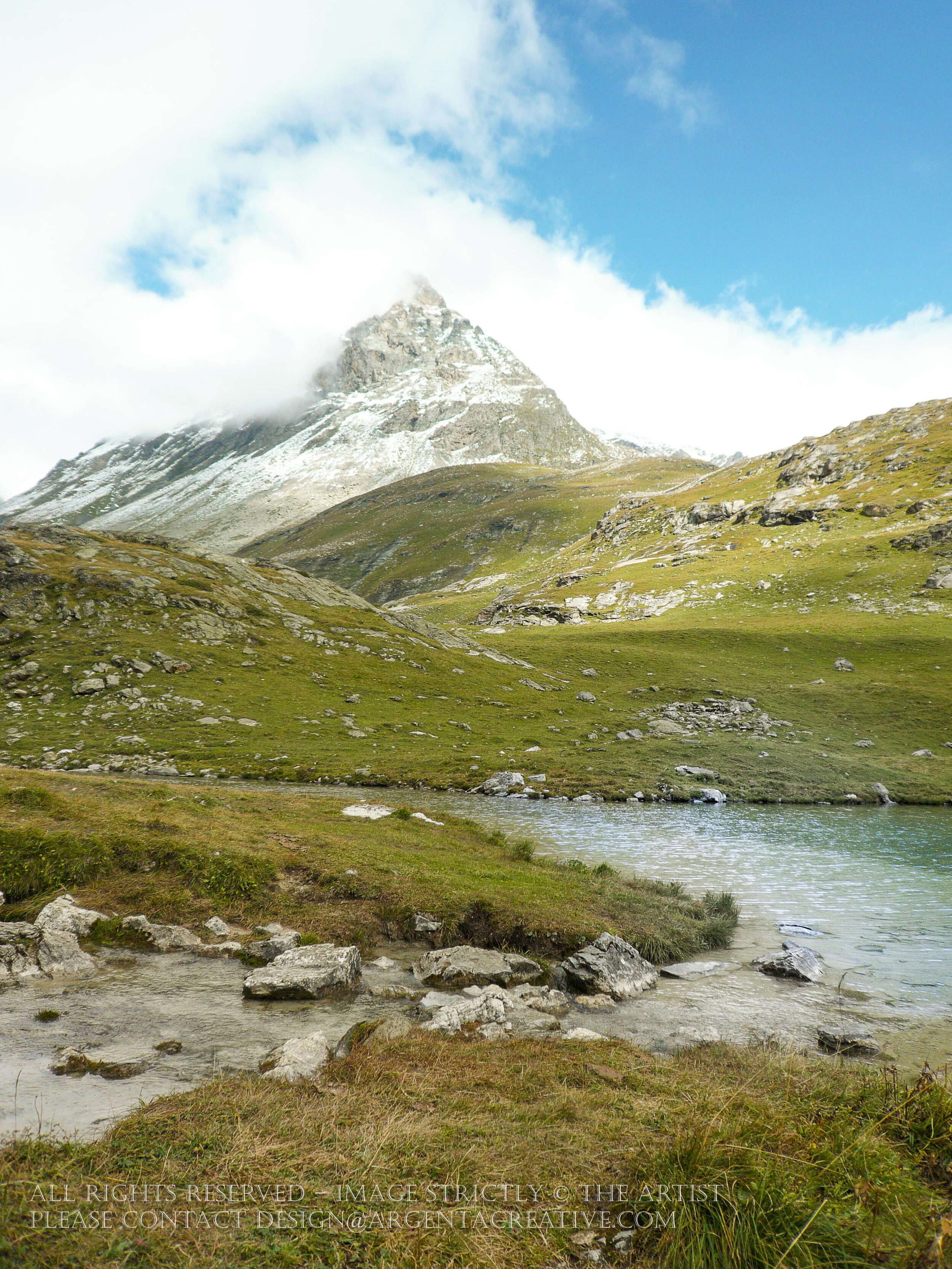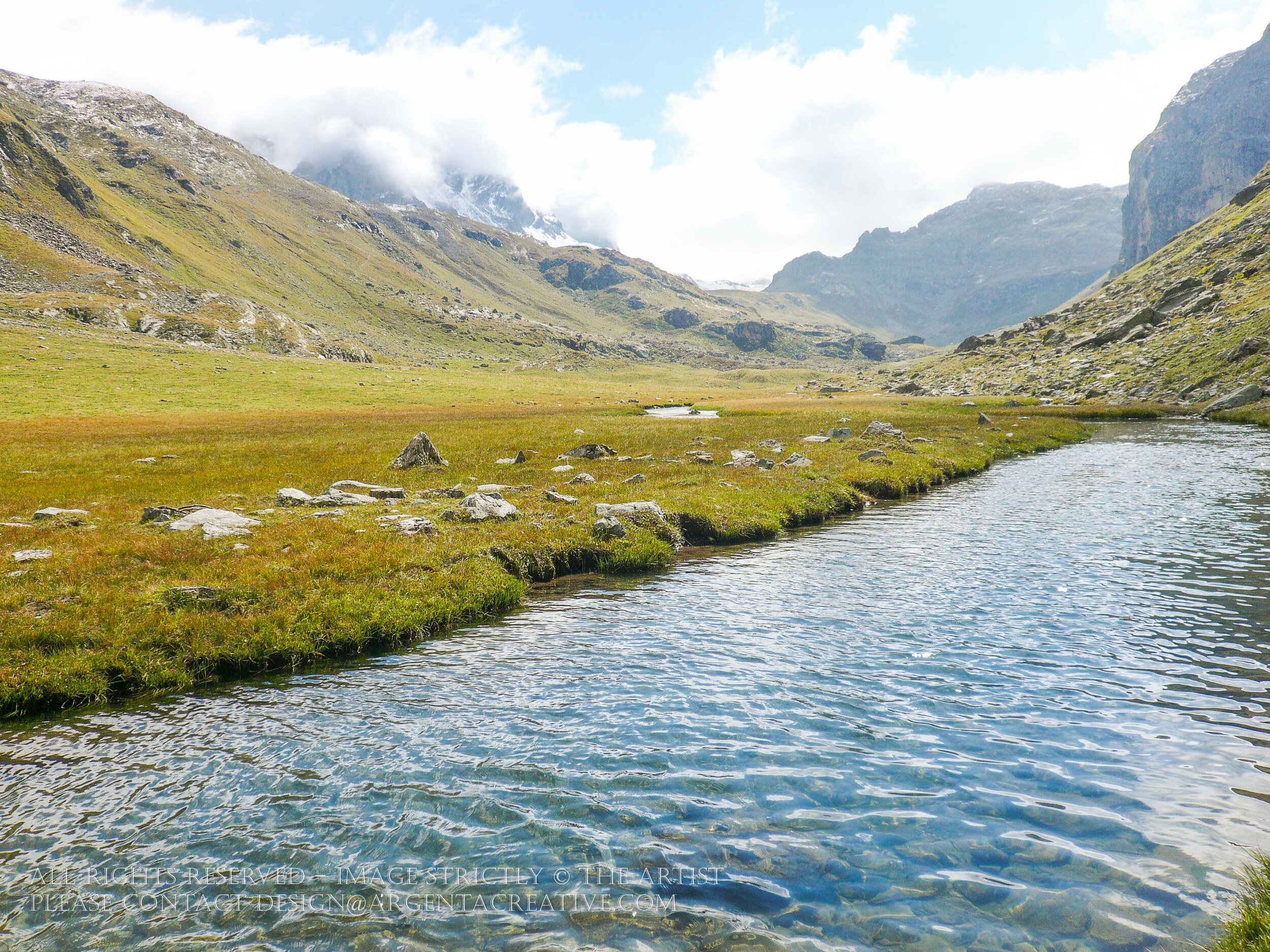Many things have changed for humans since their early days as a species—how excited do you think early Homo sapiens would have been by heating, air conditioning and weather tight structures to install them in, for example?
Not everything is different, however. We still have fundamentally the same brains as the first creatures we would recognize as “one of us.”
Neuroscience research suggests that those sensory consistencies may be why biophilic design gives us such a powerful mental boost today. Biophilic design applies the same sorts of design principles in today’s built-environments that were naturally present in the outdoor settings where we were at ease aeons ago. We still feel comfortable in biophilic spaces today, and the sorts of experiences that we have in biophilicly designed spaces boost our cognitive performance, for example, and for some of us even enhance the performance of our immune systems.
“What you really want to create in a workplace to make people feel comfortable and in just the right mood to excel at knowledge work is a biophilic environment: natural light, gentle movement, a scene were you feel secure and where have a view around you.”
Our brains continue to respond positively to the sorts of sensory stimulations that long ago signalled good times, or at least that bad times were unlikely.
So, what are the principles of biophilic design?
In a biophilic space, there is moderate visual complexity. This means that there is order in the world around us, and a carefully edited palette of colours and shapes in play. Moderate visual complexity makes it less stressful for us to continuously scan the world around us—something we still do without considering what we’re up to today, just as our forebears did aeons ago to determine if there was danger nearby. Clutter creates high visual complexity, which is why it makes us tense.
We speak with Environmental and Design Psychologist, Sally Augustin. Sally is also Principal at ‘Design with Science’. She is also Fellow of the ‘American Psychological Association’ and author of “Place Advantage: Applied Psychology for Interior Architecture” (Wiley 2009) and with Cindy Coleman, “The Designer’s Guide to Doing Research: Applying Knowledge to Inform Design” (Wiley, 2012).
Credits: with thanks to George Harvey Audio Production for the calming biophilic soundscape that backs all our podcasts.
Credits: with thanks to George Harvey Audio Production for the calming biophilic soundscape that backs all our podcasts.
To keep upto date with all our podcasts why not subscribe on our site here, or on Apple iTunes or Amazon Music, vurbl https://vurbl.com/station/56kv3eCsSI6/ or search for us where you normally enjoy listening to your RSS Podcast feeds.
Spotify https://open.spotify.com/show/0o0a8hL22de32nxc0M3ByL
Stitcher https://www.stitcher.com/podcast/journal-of-biophilic-design
Facebook https://www.facebook.com/journalofbiophilicdesign/
Twitter https://twitter.com/JofBiophilicDsn
LinkedIn. https://www.linkedin.com/company/journalofbiophilicdesign/
Instagram https://www.instagram.com/journalofbiophilicdesign

